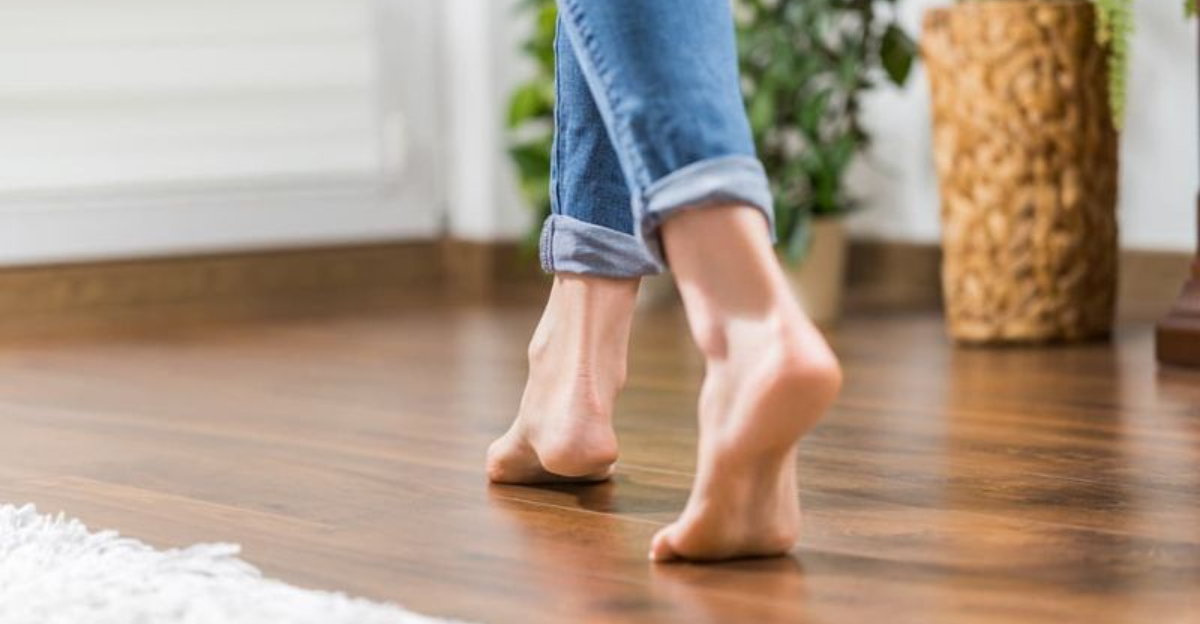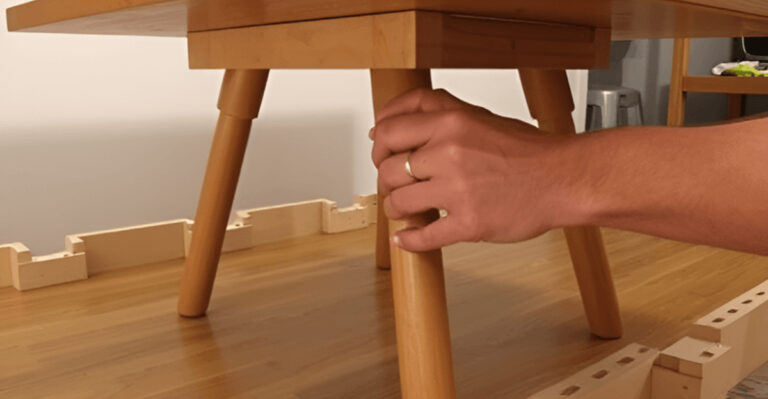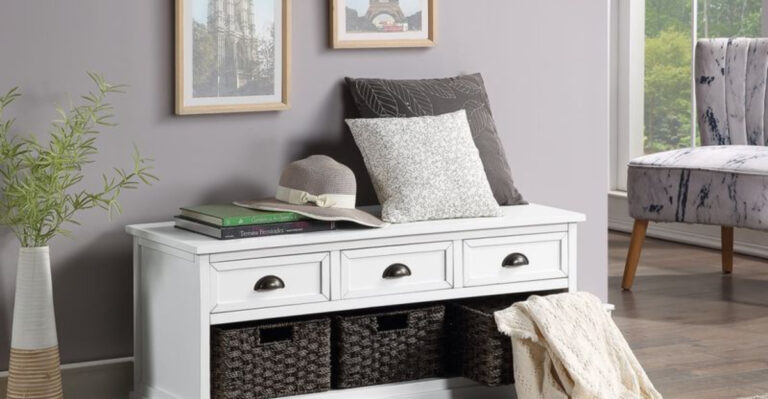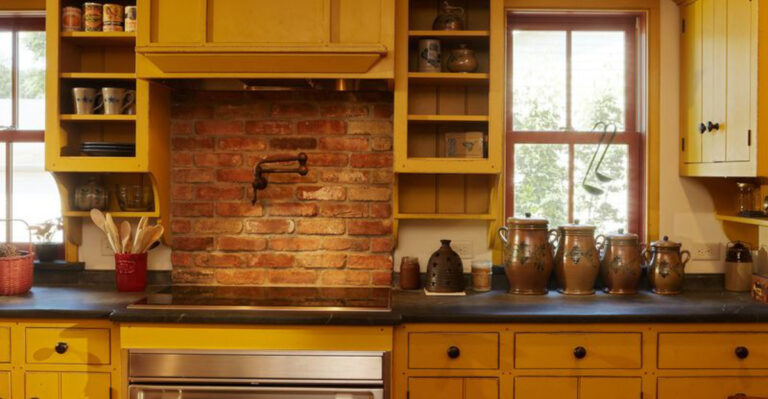18 Hidden Flooring Problems Buyers Always Notice
When I was house hunting, I thought I’d be focused on kitchens and curb appeal, but flooring? That quickly became a deal-breaker. I started noticing every uneven board, odd stain, or suspicious lump under the carpet. And I’m not alone.
Most buyers walk into a home and their eyes go straight to the floor without even realizing it. One small issue down there, and suddenly you’re wondering what else might be wrong.
Sellers may think they’ve covered things up, but trust me, flooring flaws are hard to miss, and they can turn a dream home into a hard pass real fast.
1. Water Damage Ripples
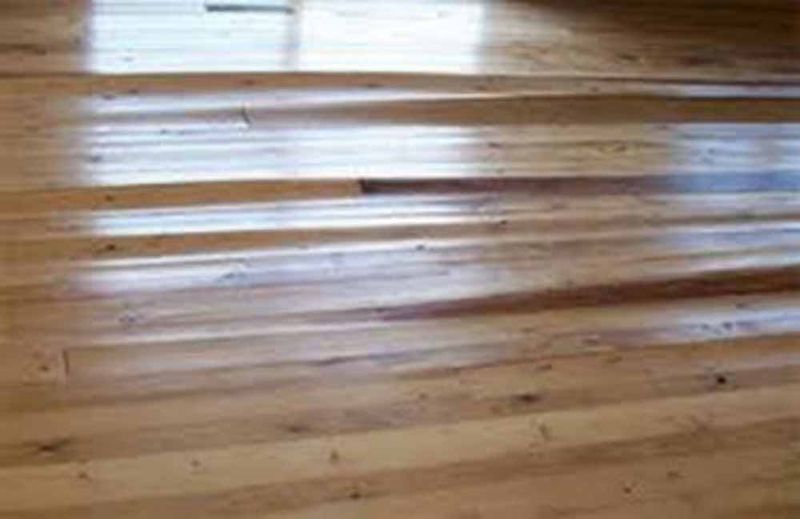
Floors tell water damage stories better than any other home feature. Those subtle ripples, bubbles, and discolorations in laminate or hardwood scream “plumbing disaster” to observant buyers.
Water-damaged floors aren’t just unsightly—they suggest potential mold issues hiding underneath. Smart buyers know that rippled flooring is just the visible symptom of potentially expensive structural problems lurking below the surface.
2. Uneven Surface Spots

Roll a marble across your floor—if it veers off course, buyers will notice too! Uneven floors signal foundation problems, improper installation, or structural issues that make wallets tremble.
Those subtle dips and rises might seem minor to you, but buyers imagine costly repairs. Foundation issues rank among the most expensive home repairs, so even slight unevenness sends serious warning signals to potential purchasers.
3. Faded Patch Patterns
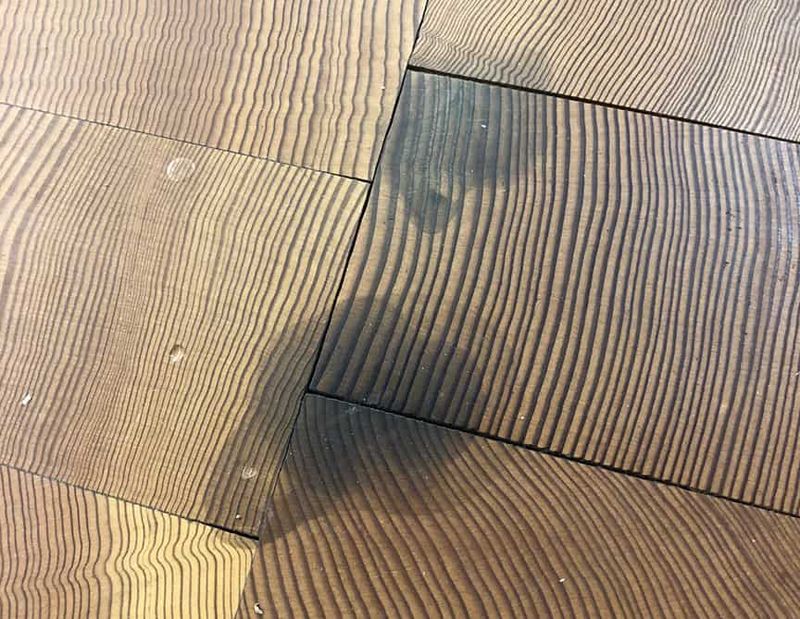
Sunshine creates artistic patterns—unfortunately, they’re showing on your floor as faded areas where furniture once stood. These sun-bleached spots immediately telegraph to buyers that flooring replacement costs await them.
The contrast between protected areas and sun-damaged sections creates an unmistakable patchwork effect.
Buyers mentally calculate replacement costs the moment they spot these uneven color patterns, especially in hardwood and laminate floors.
4. Carpet Wear Paths

Those well-worn trails in your carpet tell the story of your daily habits. Buyers see these paths and instantly know they’ll need to budget for new carpeting soon.
High-traffic areas naturally show wear first, but savvy home shoppers recognize when carpets are nearing the end of their lifespan.
Matted fibers, visible padding, and thinning piles all broadcast “replace me” signals that buyers quickly translate into dollar signs.
5. Squeaky Wooden Planks
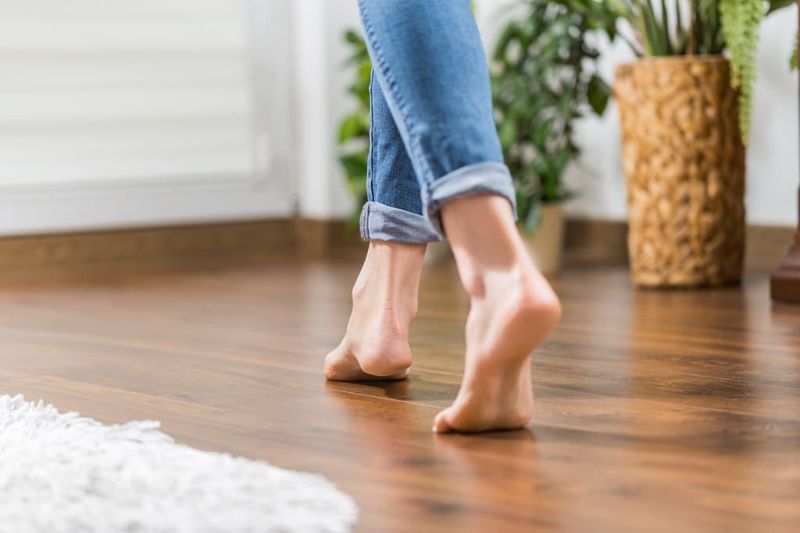
Those musical floorboards aren’t providing charming ambiance—they’re screaming “maintenance needed!” to potential buyers. Squeaky floors typically indicate loose nails, warped wood, or subfloor issues.
The fix isn’t usually complicated, but buyers hear dollar signs with each creak. Some savvy house-hunters will actually walk heavily across wooden floors during viewings, testing for that telltale symphony of squeaks.
6. Mismatched Flooring Transitions

That awkward meeting point between your kitchen tile and living room hardwood speaks volumes about renovation history. Buyers cringe at choppy flooring transitions that suggest DIY jobs or piecemeal updates.
Mismatched heights create trip hazards while jarring style changes fracture visual flow. Professional buyers know that harmonious flooring creates cohesion throughout a home, making disjointed transitions a red flag for overall home maintenance.
7. Lifting Vinyl Corners
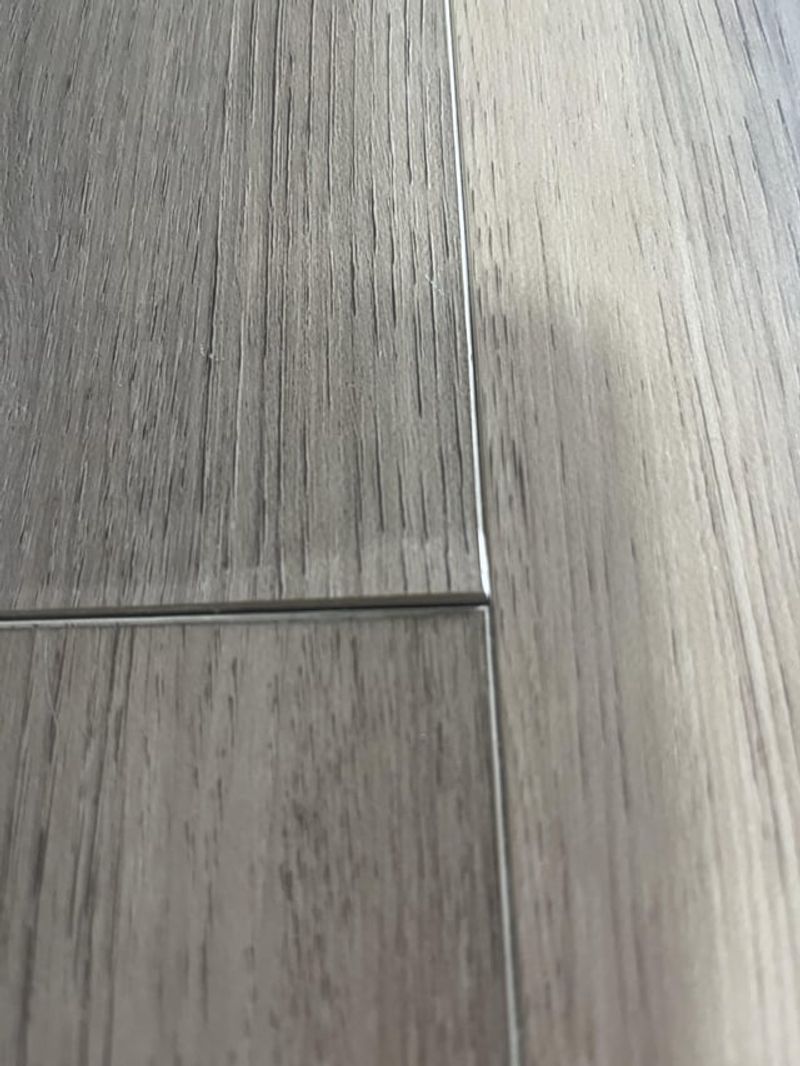
Curling vinyl corners might seem minor, but they’re major eyesores to buyers. Those little lifted edges signal improper installation or aging that can’t be easily fixed.
Once vinyl starts to lift, it rarely lays flat again without replacement. Buyers know this seemingly small issue will require complete flooring replacement, not just a quick fix with adhesive.
They’ll mentally subtract these replacement costs from any offer they might make.
8. Grout Discoloration
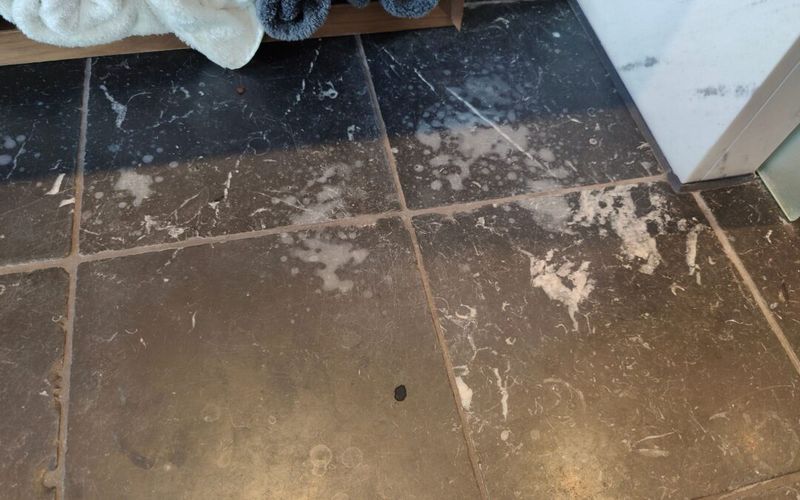
Grimy grout lines transform beautiful tile into an eyesore faster than almost any other flooring issue. That once-white grout now sporting shades of gray, brown, or black tells buyers the floor hasn’t been properly maintained.
While often cleanable, severely stained grout suggests years of neglect. Buyers immediately picture themselves on hands and knees scrubbing or paying professionals for deep cleaning, neither of which enhances their enthusiasm for making an offer.
9. Pet Damage Spots

Fluffy and Fido left their marks—scratches, stains, and odors that jump out at potential buyers. Even pet lovers notice these damage spots and calculate repair costs.
Deep claw marks in hardwood, urine stains in carpet, or chewed corners on laminate broadcast pet problems.
While sellers might be nose-blind to lingering pet odors, buyers definitely aren’t, and they’ll factor flooring replacement into their offering price.
10. Hollow-Sounding Tiles

That hollow echo when walking across tile floors sends immediate warning signals to savvy home shoppers. Properly installed tiles should sound solid underfoot, not drum-like or empty.
Hollow-sounding tiles indicate poor adhesion to the subfloor, meaning they’re likely to crack or come loose over time.
Buyers tap tiles with their knuckles or listen while walking, knowing that hollow sounds translate to expensive reinstallation projects in their future.
11. Laminate Bubbling Effects
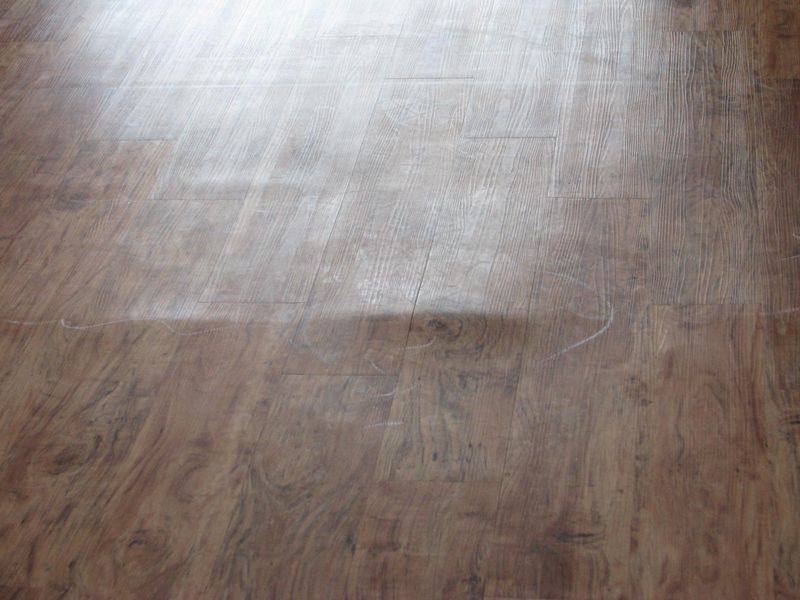
Laminate floors should lie perfectly flat, so those bubbles and raised sections might as well be flashing neon signs saying “water damage” to potential buyers.
Once laminate bubbles, there’s no salvaging it. This bubbling effect typically results from moisture penetration, suggesting leaks or flooding.
Buyers recognize that bubbled laminate requires complete replacement, not spot repairs, and they’ll factor this considerable expense into any offer they consider.
12. Cracked Tile Patterns
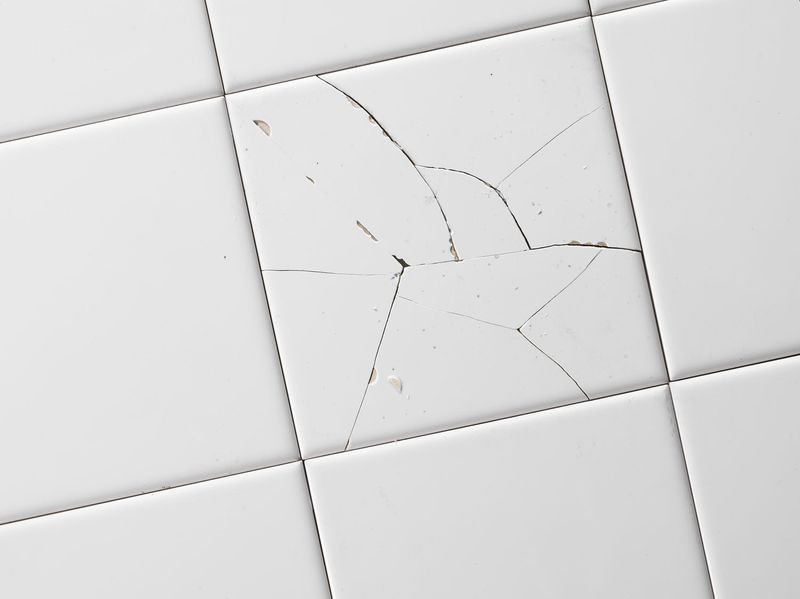
Cracked tiles broadcast structural messages about your home that buyers instantly decode. While a single cracked tile might be from dropping a heavy object, multiple cracks often signal foundation movement or improper installation.
Hairline fractures across several tiles particularly worry buyers. They understand that replacing individual tiles rarely matches the originals perfectly, meaning a full flooring replacement might be necessary—an expense they’ll mentally deduct from their offering price.
13. Outdated Flooring Styles
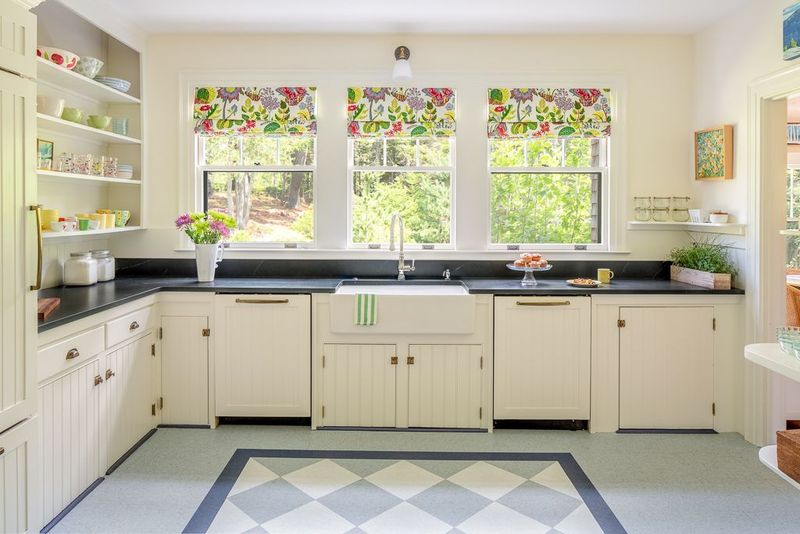
That pink bathroom tile might have been fabulous in 1956, but today it screams “gut job” to modern buyers. Outdated flooring immediately dates your home and triggers renovation calculations.
Buyers mentally tally replacement costs the moment they spot parquet, linoleum, or colorful ceramic tiles from bygone eras.
While some vintage styles enjoy revival moments, most outdated flooring simply represents another project for buyers to tackle after purchase.
14. Subfloor Moisture Stains

Dark patches peeking through gaps or along baseboards tell moisture horror stories to potential buyers. These telltale stains suggest ongoing leaks or humidity issues that could affect the home’s structural integrity.
Buyers know that visible moisture stains often represent just the tip of the problem iceberg. Mold concerns immediately follow moisture observations, making these seemingly minor stains major red flags during home tours.
15. Gaps Between Boards
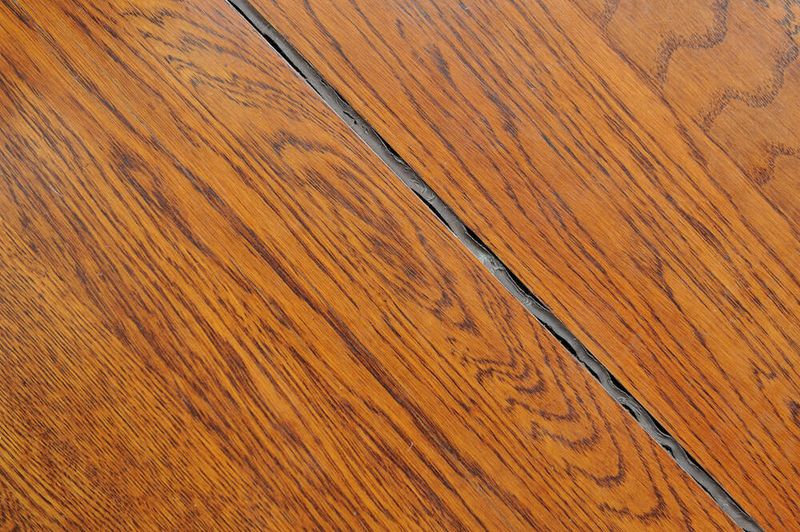
Those spaces between your hardwood planks collect more than just dust—they gather negative buyer impressions too. Widening gaps signal moisture problems, improper installation, or aging wood that’s continuing to shrink.
Seasonal gaps are normal in some climates, but consistently wide spaces concern buyers. They know fixing these gaps requires extensive work, not simple solutions, and they factor these repairs into their mental calculation of your home’s true value.
16. Carpet Odor Issues
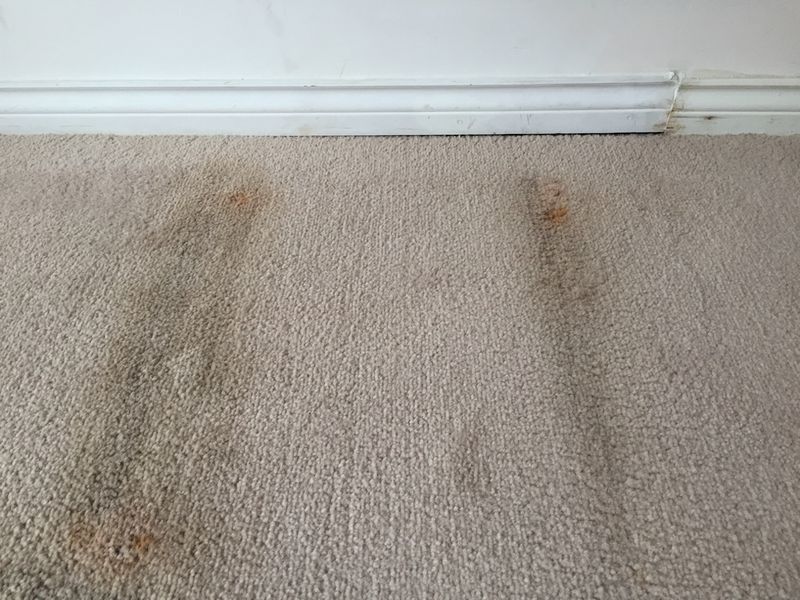
Noses know what eyes can’t see—especially when it comes to carpet problems. Embedded odors from pets, smoking, or moisture linger in carpet fibers long after their sources are gone.
Buyers instinctively take deeper breaths when entering carpeted rooms, testing for musty or unpleasant scents.
Even if the carpet looks acceptable visually, odors immediately signal to buyers that replacement will be necessary, an expense they’ll subtract from any offer.
17. Poor Repair Attempts

That mismatched hardwood plank stands out like a sore thumb to potential buyers. DIY floor repairs often look exactly like what they are—amateur attempts to fix professional problems.
Color mismatches, uneven surfaces, or visible fillers broadcast previous damage. Buyers spot these patch jobs instantly and wonder what issues prompted the repairs in the first place, creating concerns about larger problems that might be hidden from view.
18. Soft Spots Underfoot
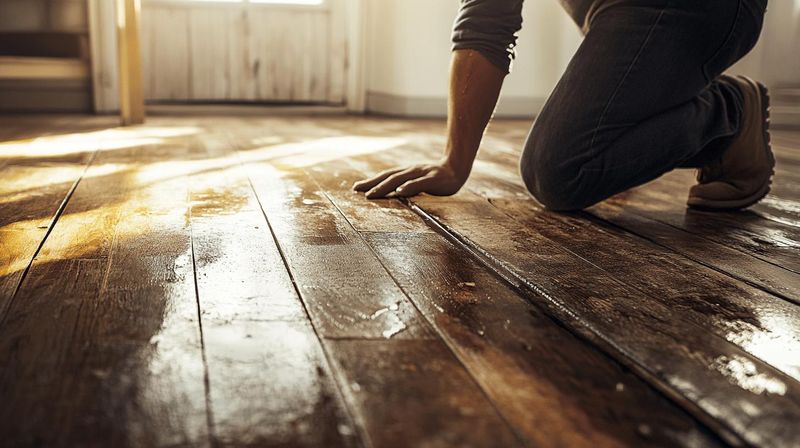
Springy, spongy areas in your floor might as well be waving red warning flags to prospective buyers. These soft spots typically indicate water damage, rot, or structural issues beneath the surface.
Experienced home shoppers test floors by walking heavily across suspicious areas. The slight give underfoot immediately raises concerns about subfloor integrity and potential costly repairs that might extend beyond just the flooring itself.

